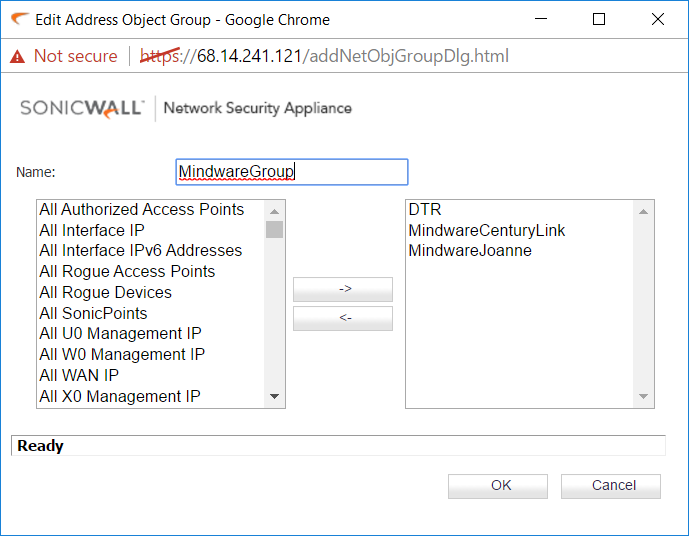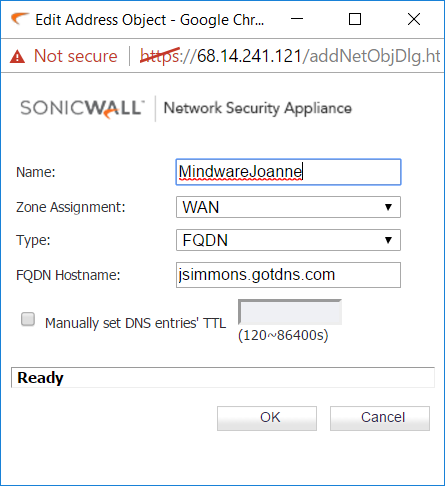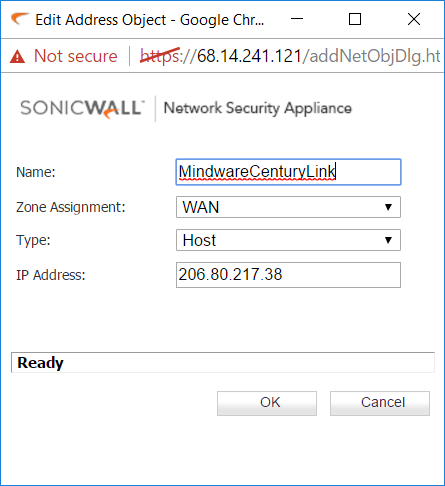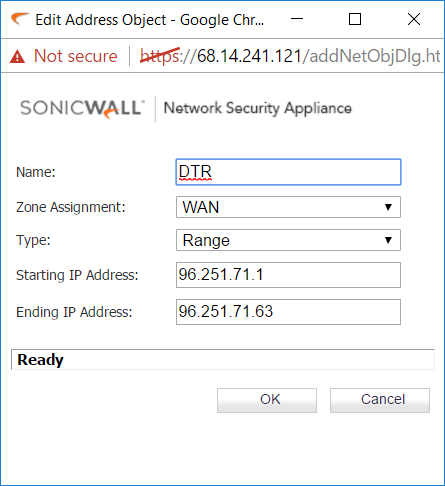 My Two Cents, by Archie Tucker
My Two Cents, by Archie Tucker
The new Dell™ SonicWALL™ TZ Series is the most secure Unified Threat Management (UTM) firewall for small businesses, retail deployments, government organizations, remote sites and branch offices. Unlike consumer-grade products, the TZ Series delivers the most effective anti-malware, intrusion prevention, content/URL filtering and application control capabilities along with the broadest most secure mobile platform support for laptops, smartphones and tablets. It provides full deep packet inspection (DPI) at very high performance levels, eliminating the network bottleneck that other products introduce, and enabling organizations to realize increased productivity gains. The TZ Series is the most secure, sophisticated and widely-deployed security platform on the market today.





